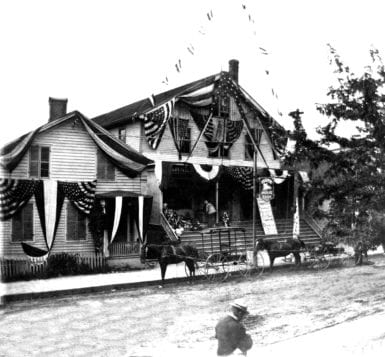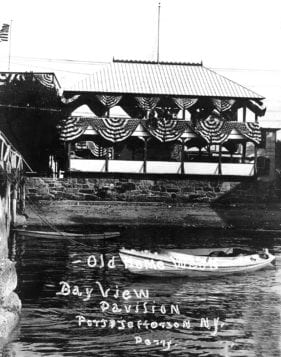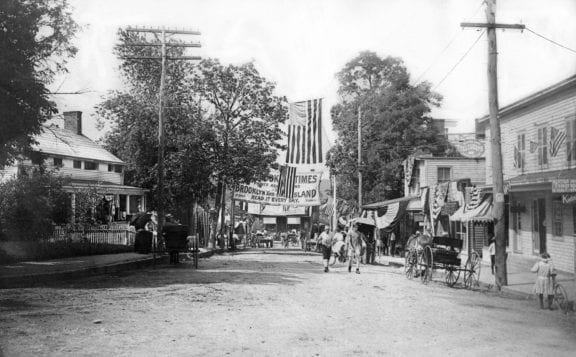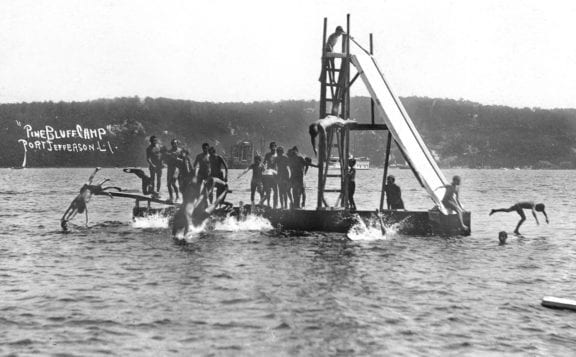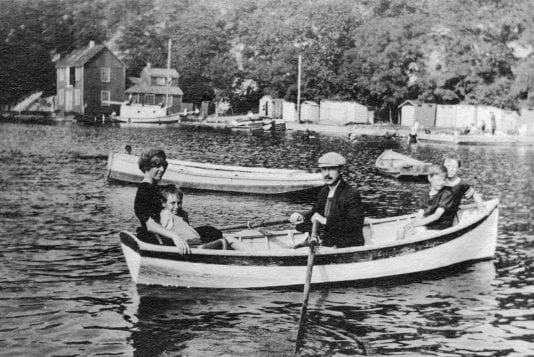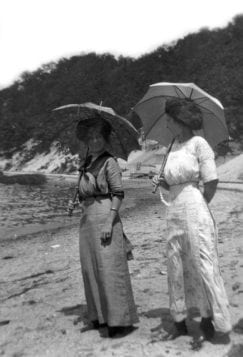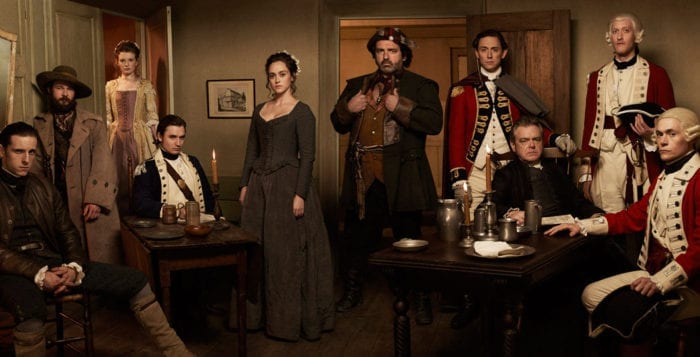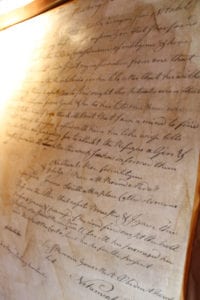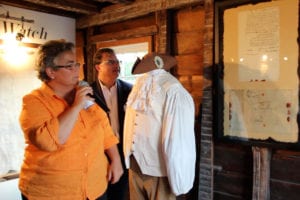Port Jefferson Village’s second annual Heritage Weekend is fast approaching. The event features more than 15 cultural and historical locations for residents and visitors to explore on Saturday, Aug. 20, and Sunday, Aug. 21. Each stop is set to include presentations with interesting information, historical photos of the village that used to be known as Drowned Meadow, as well as fun, interactive activities.
The Port Times Record will preview each of the featured locations around the village leading up to Heritage Weekend. This week includes a look at the attractions that will be take place at the Village Center during the weekend. If you missed part one, click here.
Historic recreation photo exhibit
At the Village Center, an exhibit featuring vintage photos featuring the fun of bygone summers will be on display. The exhibit, called Not Just Child’s Play — Rewinding Our Pastimes, depicts what Port Jefferson was like as a tourist attraction, weekend getaway spot and community staple nearly 100 years ago. Costumed actors will be present amid the exhibit and on the beach at Harborfront Park outside of the Village Center dressed in vintage swimming attire.
Sue Orifici, who handles graphic design for the Village Center, and Village Historian Chris Ryon each spoke about what to expect from the exhibit.
“It’s just going to be another [chance] to go back in time where you can show your children what it was like to be young in those days,” Orifici said. “That visual is something that people need. It’s more than just telling them.”
Ryon said he hopes the exhibit will dispel some common misconceptions.
“People had fun a long time ago and I don’t now if everybody thinks that,” he said. “We want to show that people did relax. They weren’t working constantly. They weren’t all dying of small pox.”
Orifici said there remains many similarities between the village as it was then and now.
“People love to come to Port Jeff because they can walk around,” she said. “You didn’t have to have a car to get around because everything is walking distance.”
Model A Ford Club of Long Island
Vintage Model A Fords built between 1929 and 1931 will be visible all over the village during Heritage Weekend. The car club will be stationed at the Village Center and the Port Jefferson Chamber of Commerce for a majority of the weekend, though club member Jon Reiff said the group will circulate around the area to show off their cool rides.
“They’re not museum pieces — we do drive them on a regular basis,” he said.
The club is also planning to head to Belle Terre Village during the weekend for a photo opportunity. Reiff said he expects at least 10 vintage Fords to be on display throughout the weekend, but depending on weather, there could be a fleet of Model A’s flooding Port Jefferson streets for Heritage Weekend.
Liberty Balloon Company
The Liberty Balloon Company will be supplying a 60-by-60-foot hot air balloon to be stationed at the Village Center on Saturday. Carroll Teitsworth, a pilot from the company, will be sending a representative to conduct an educational presentation about the science behind the balloons and what makes them fly through the air.
The exhibition will address the history of ballooning as a means of transportation and the impact weather has on traveling by a balloon-suspended basket.
The display will be followed by a live demonstration featuring the inflated balloon in action.







